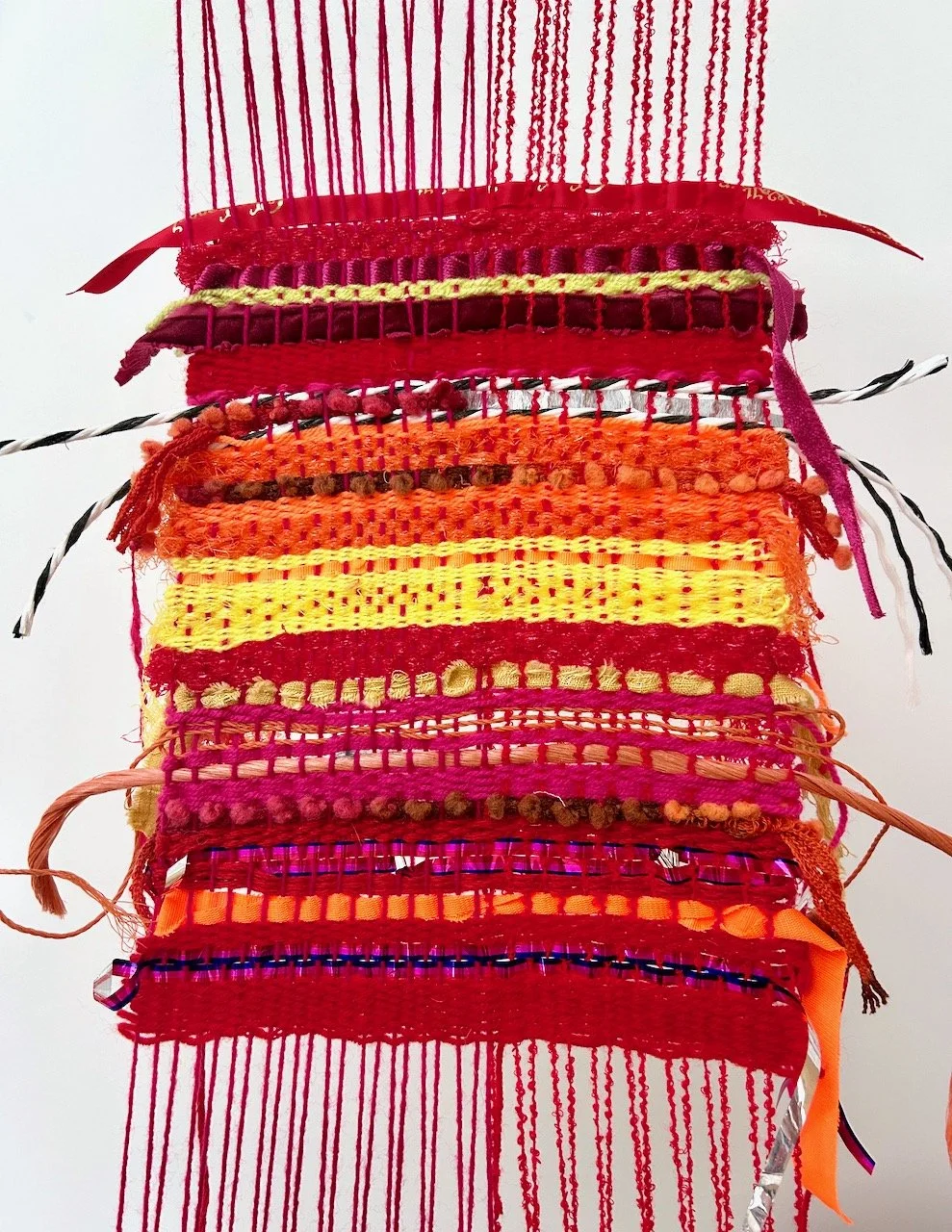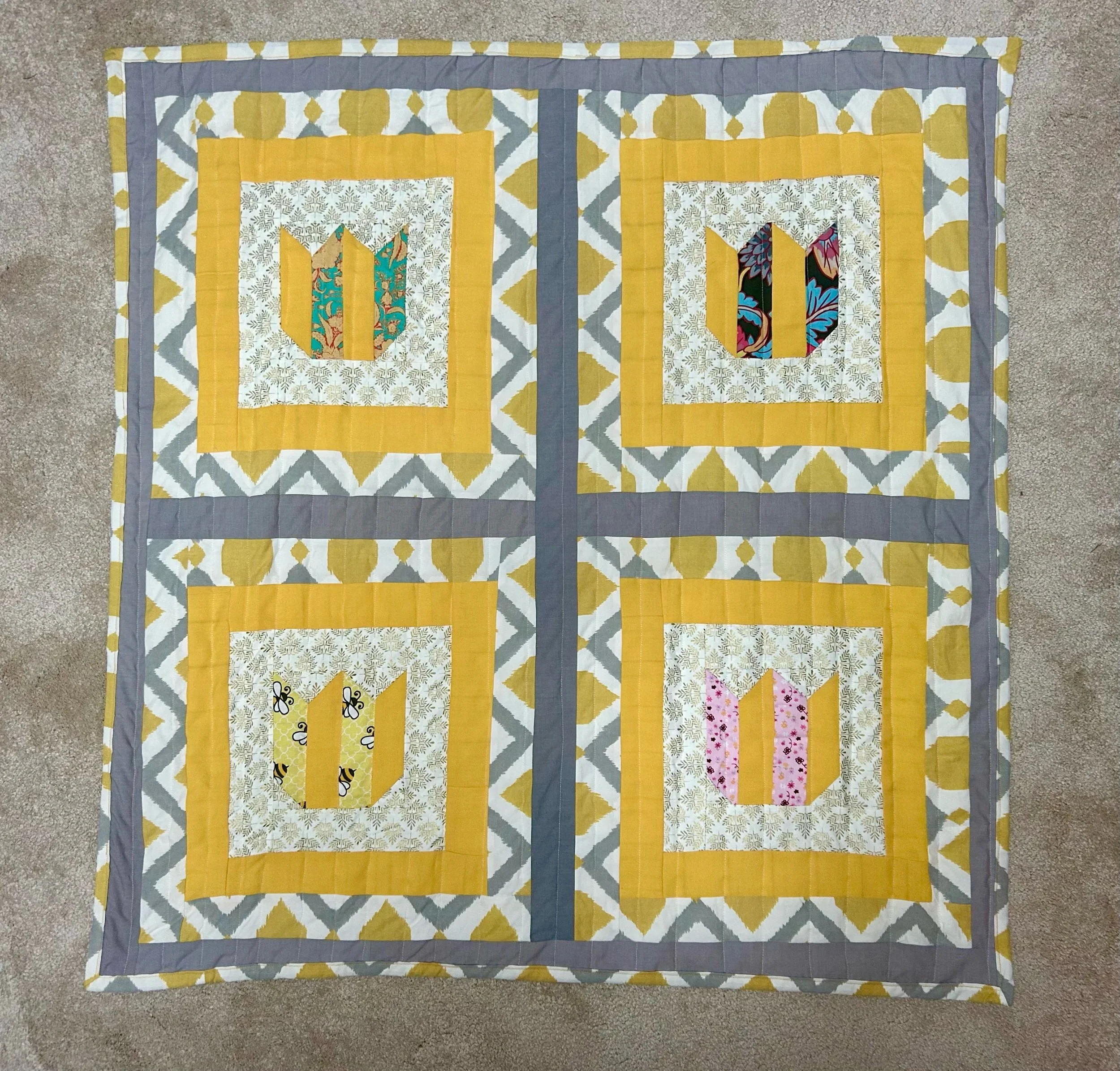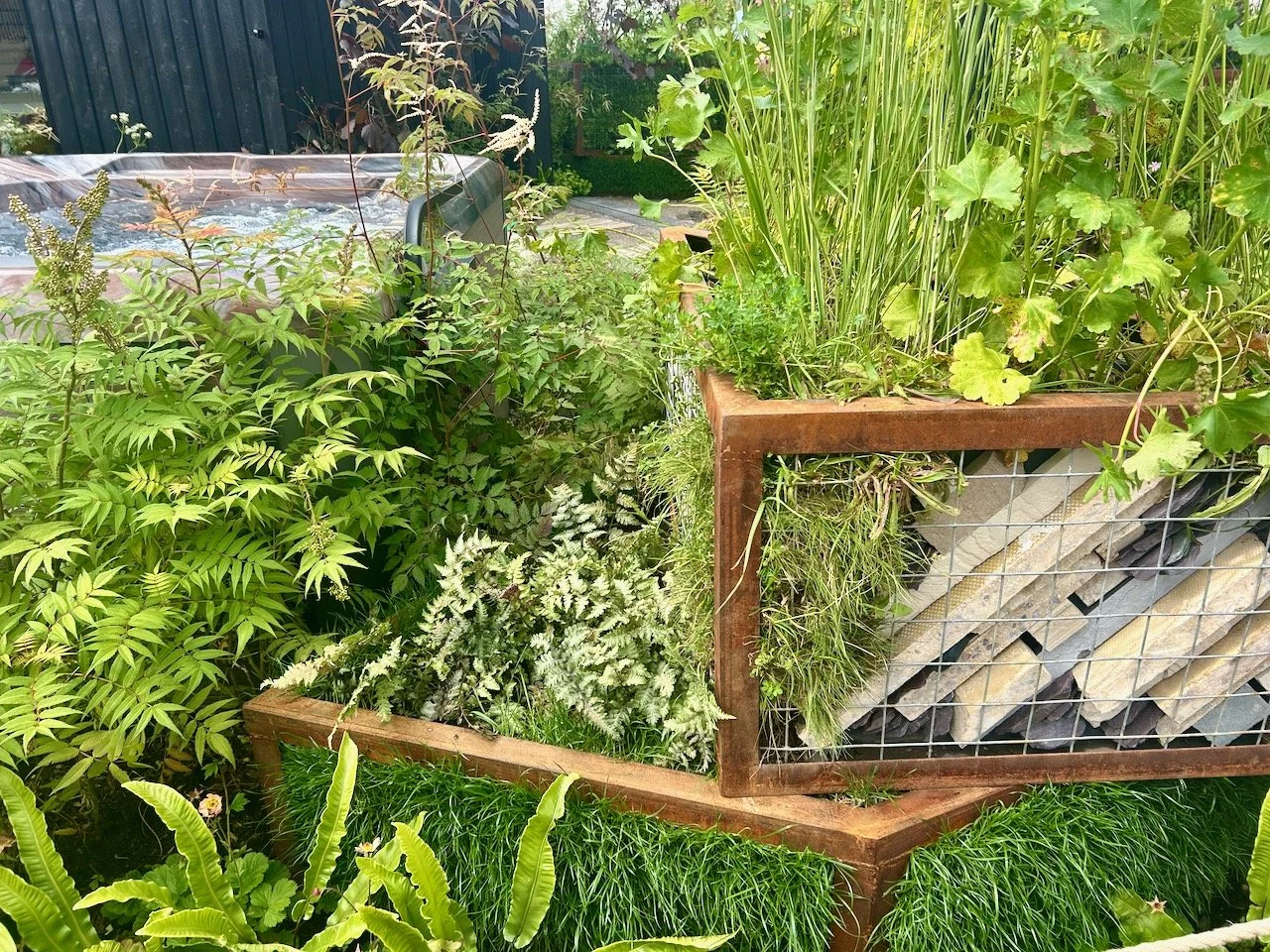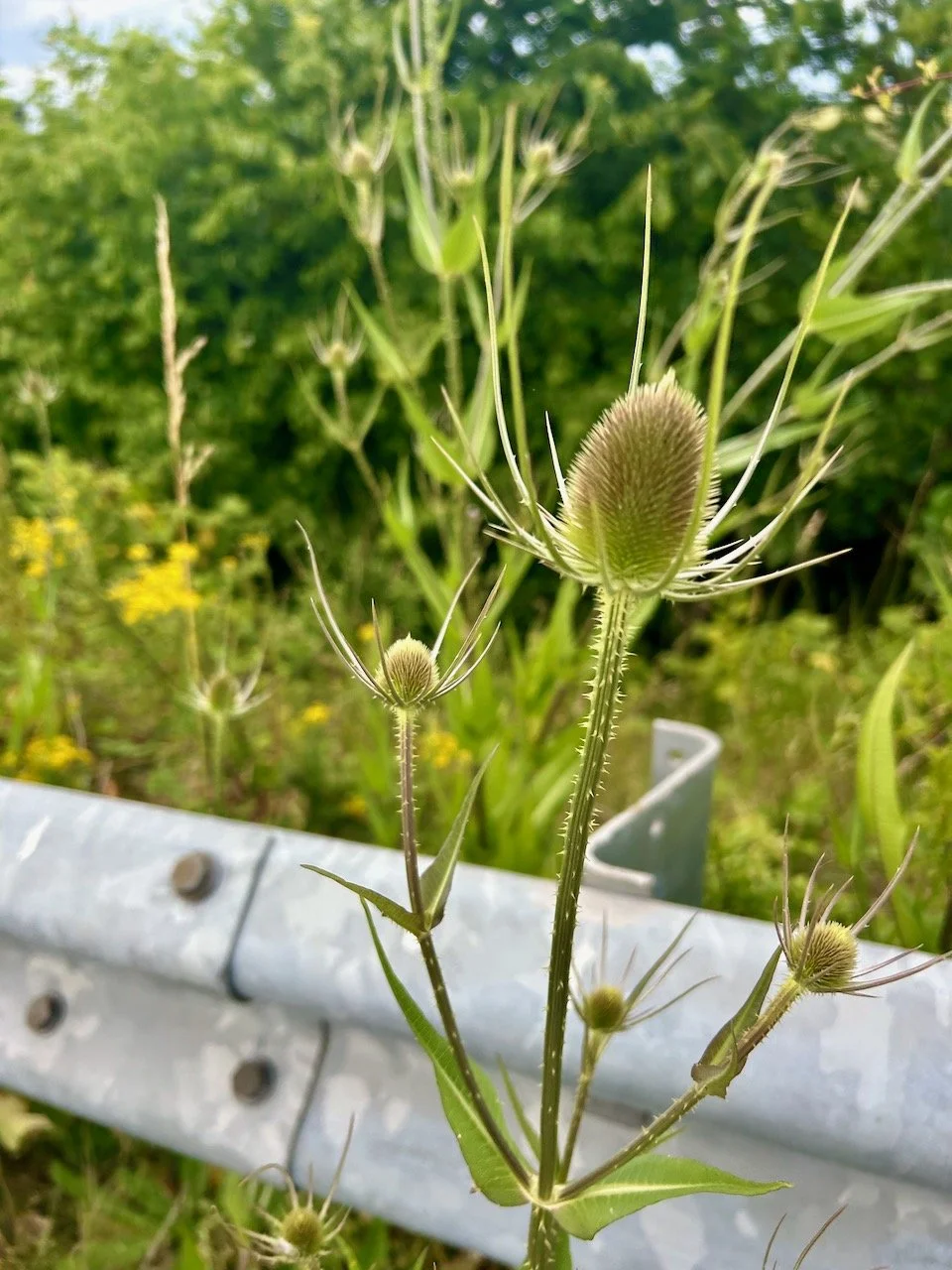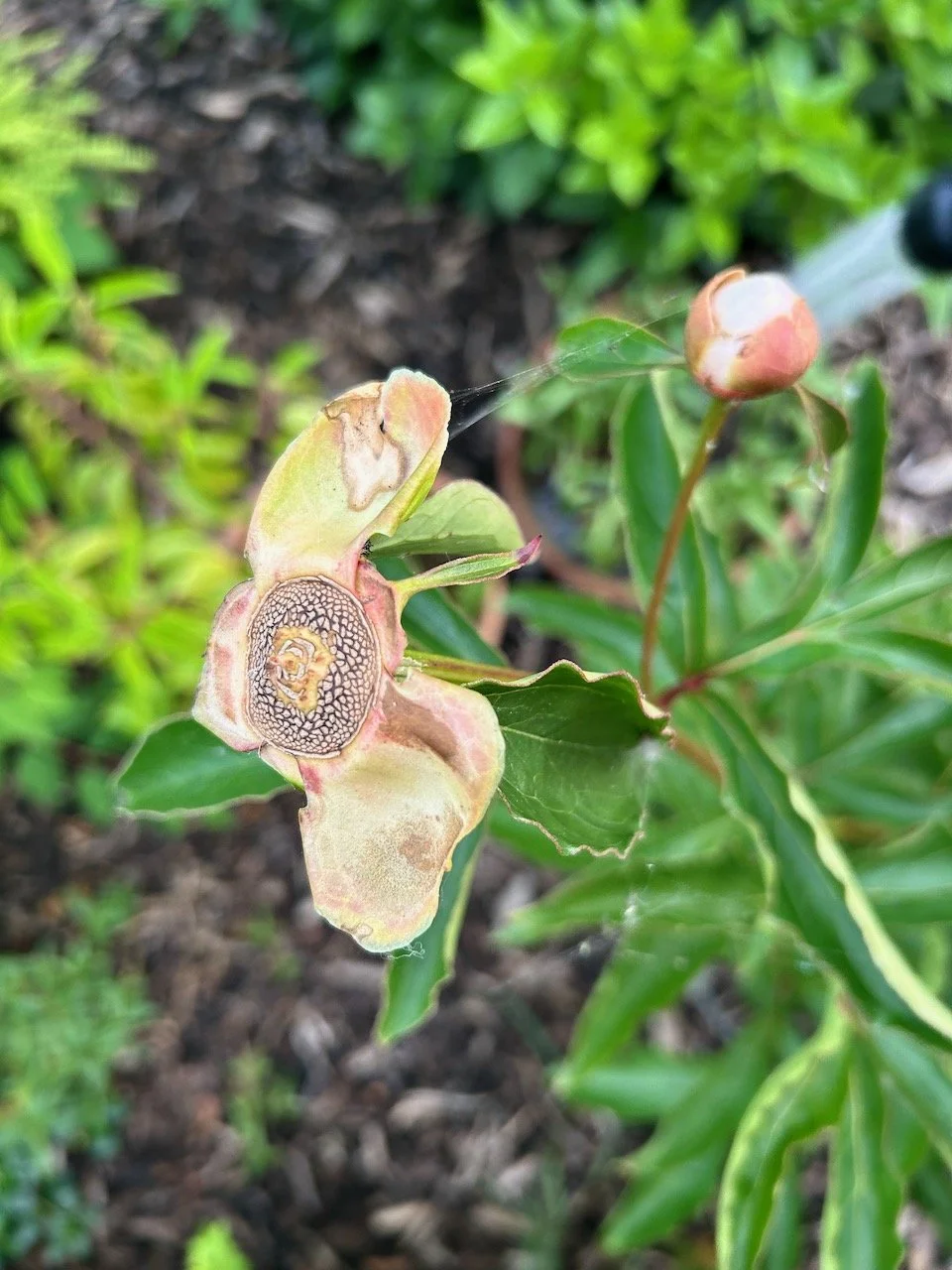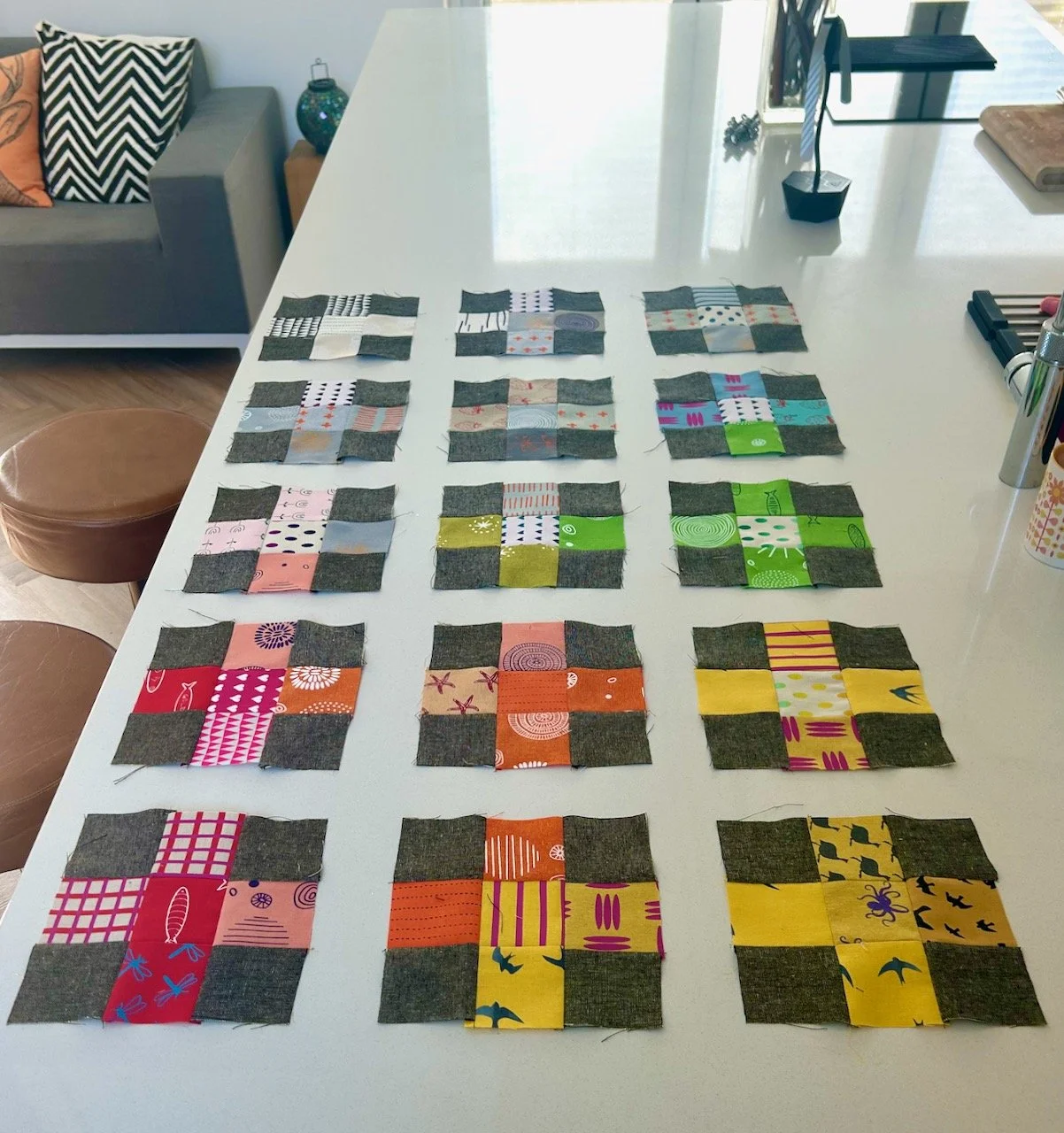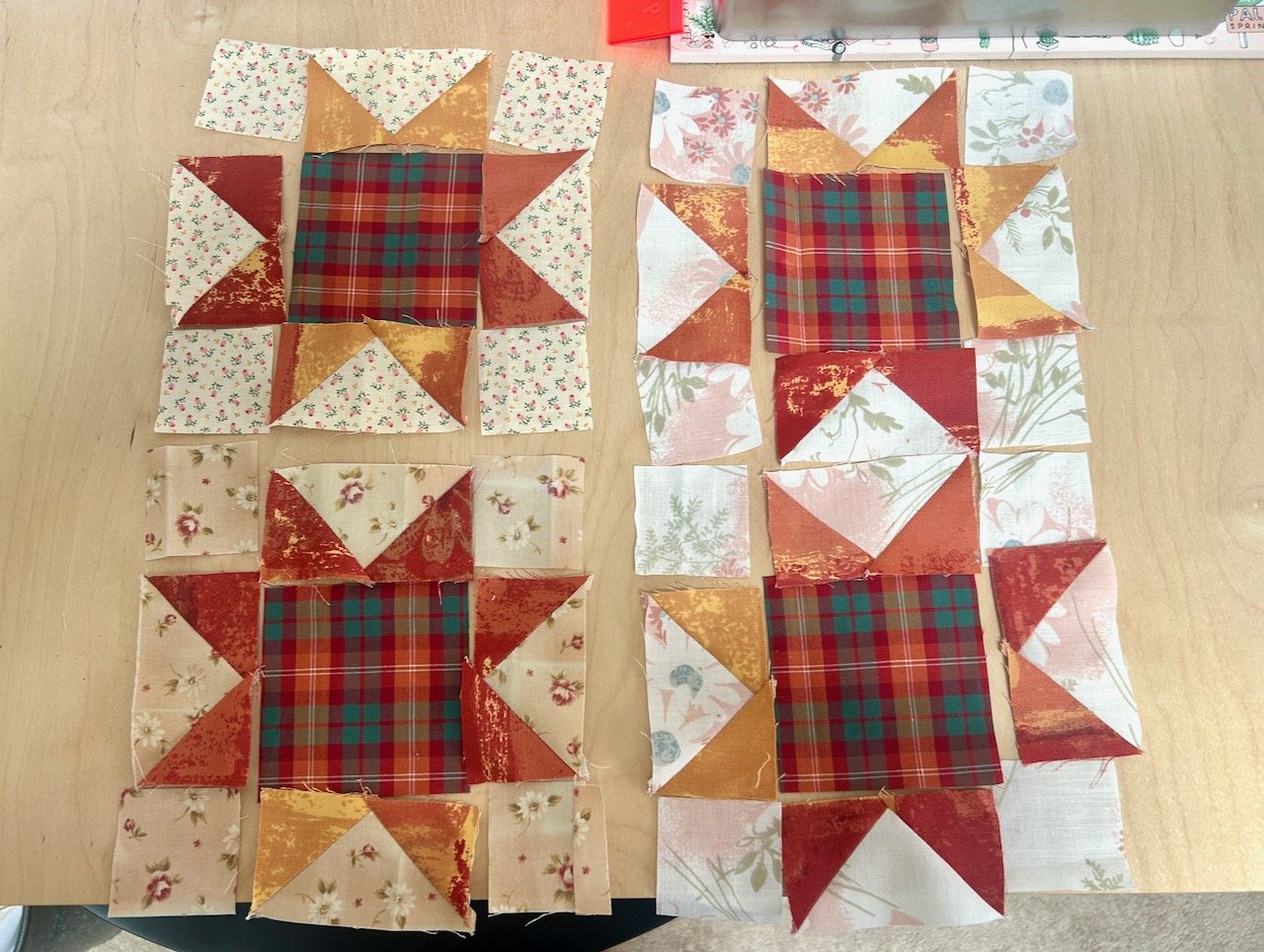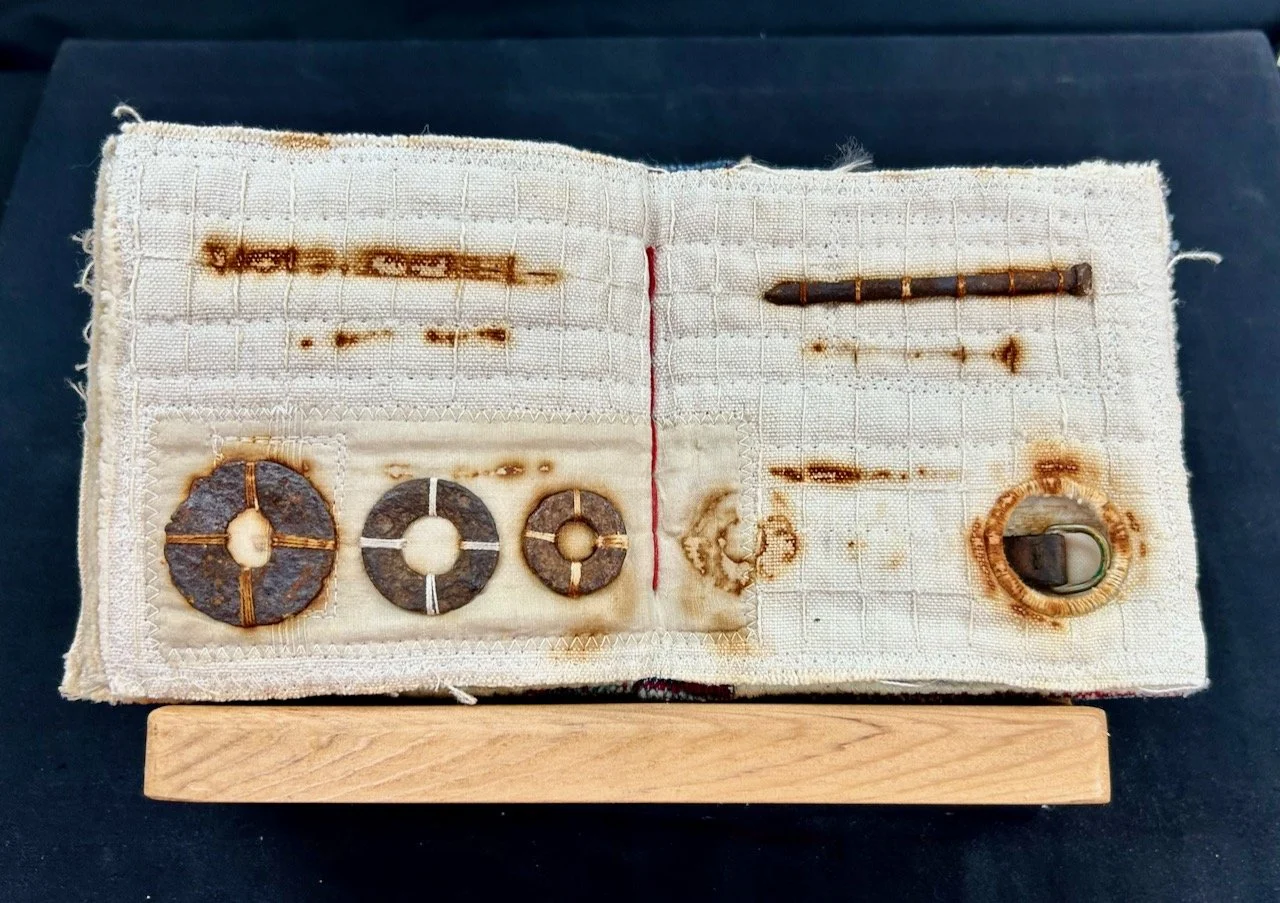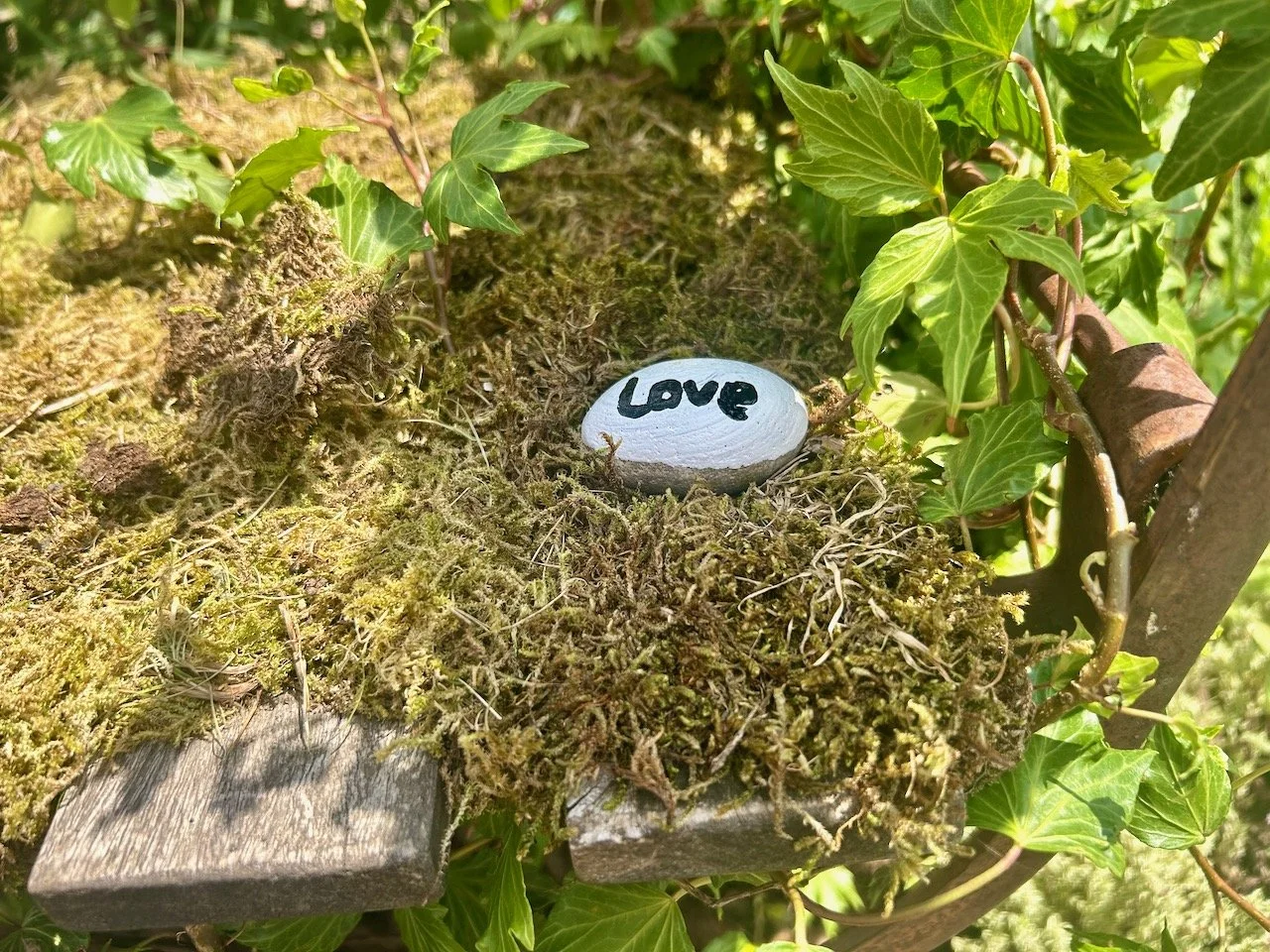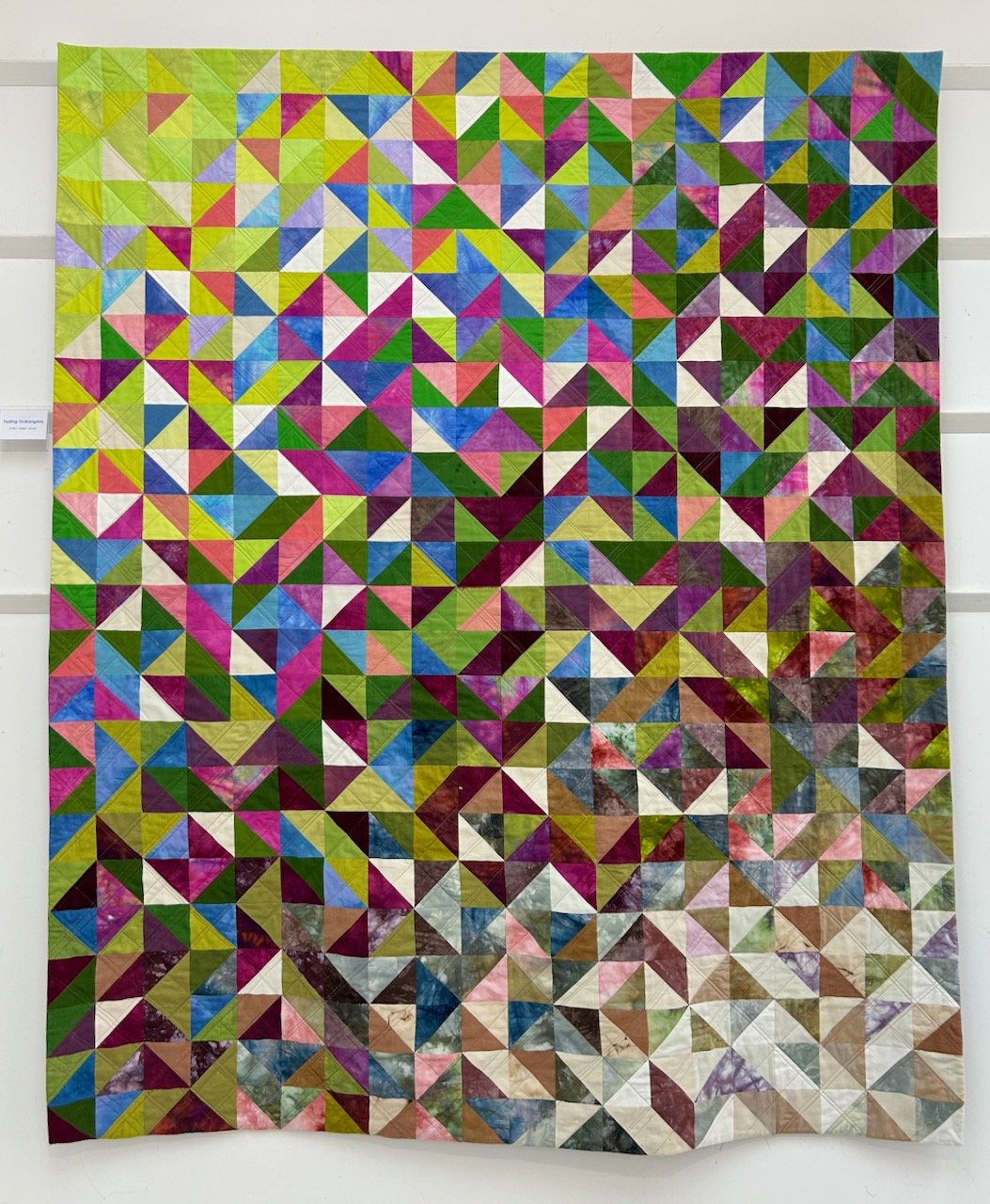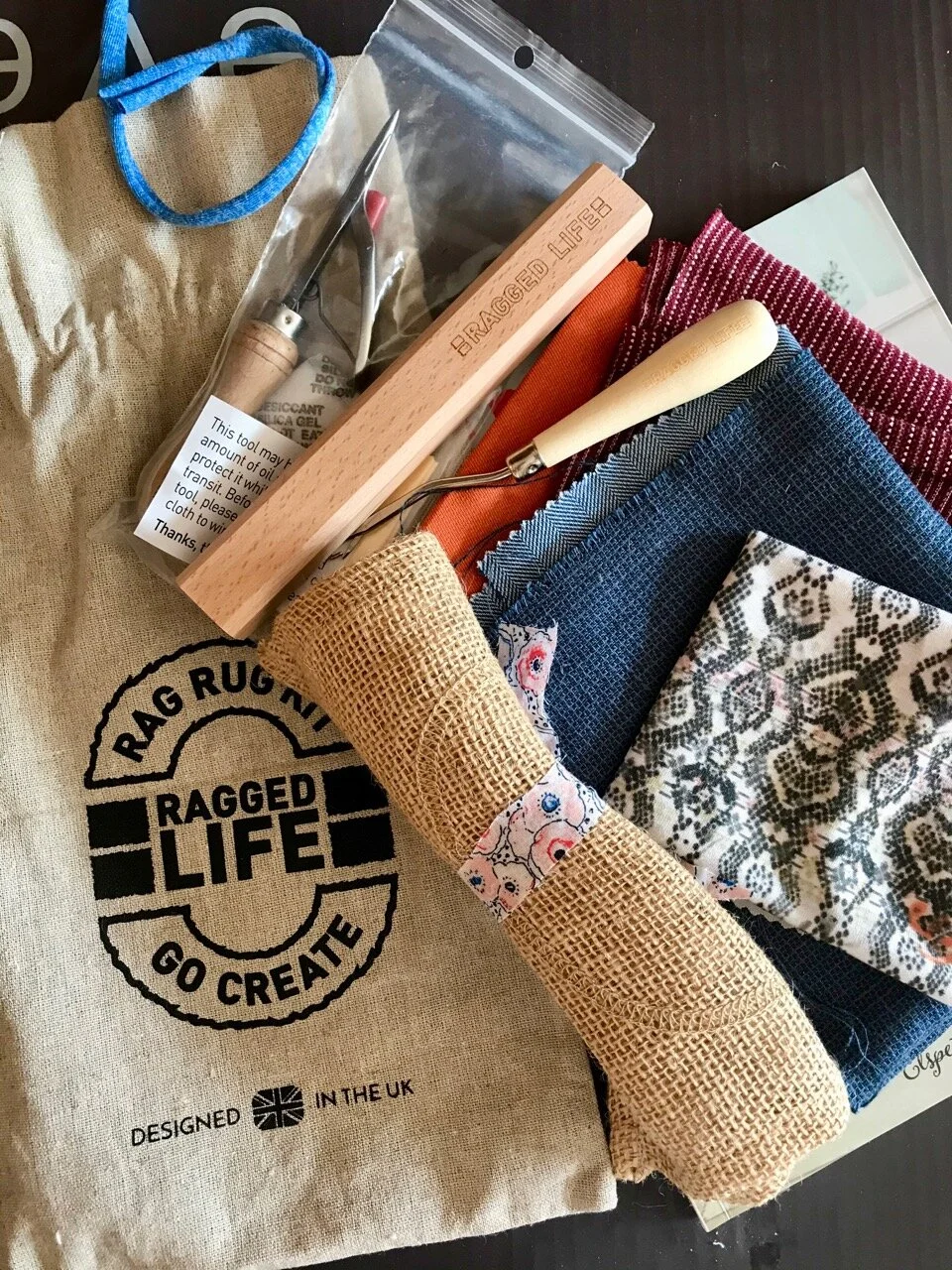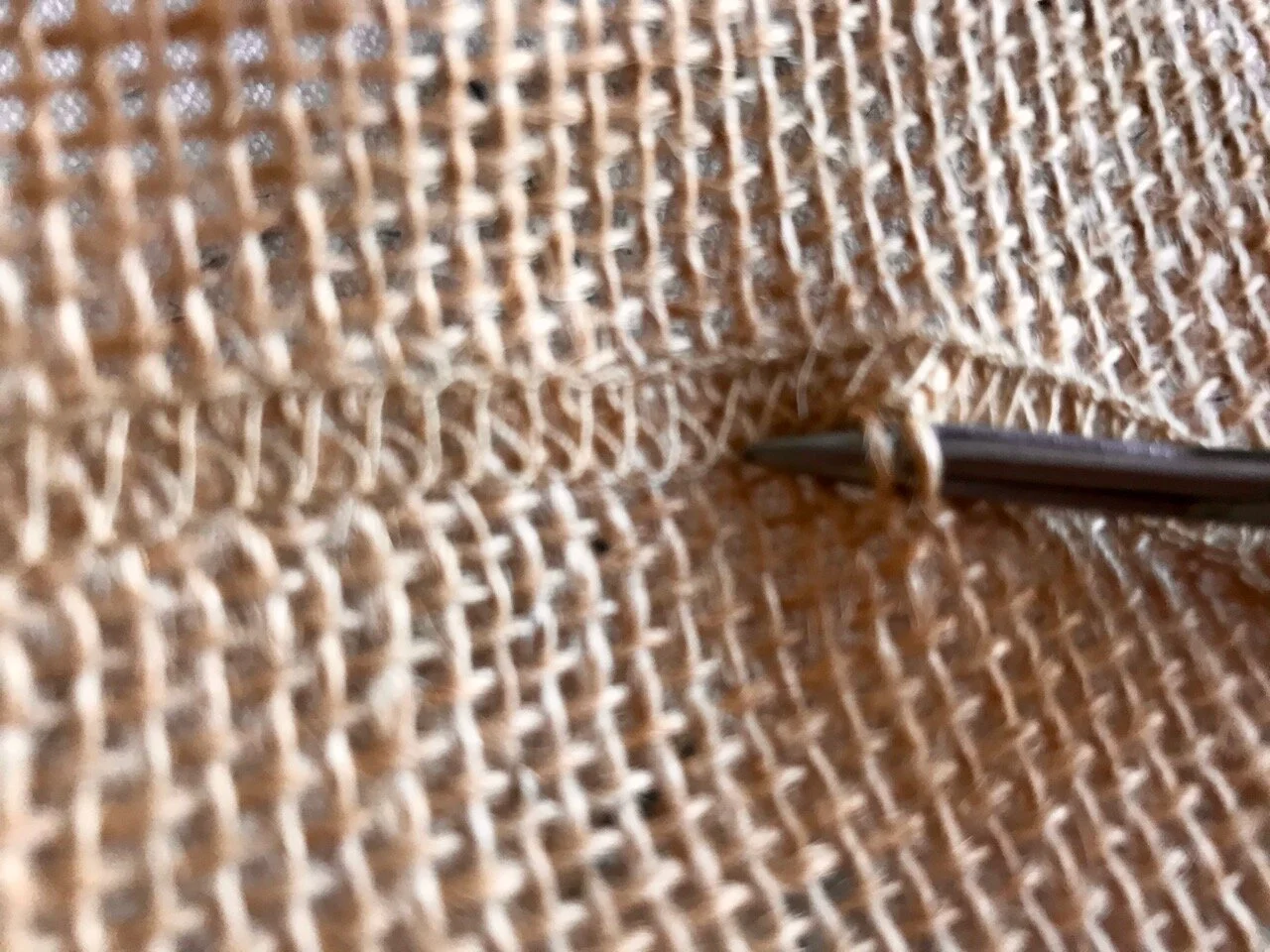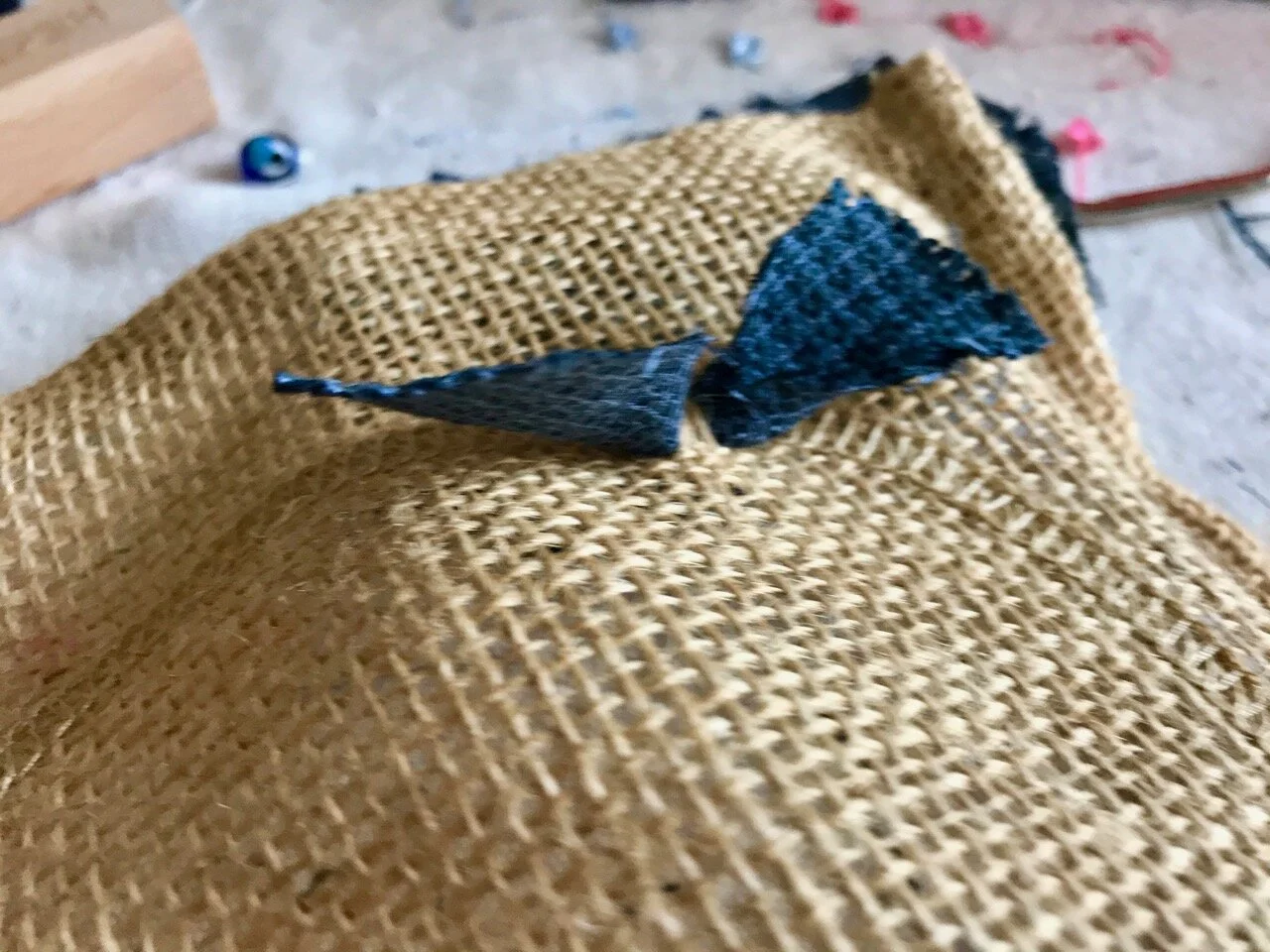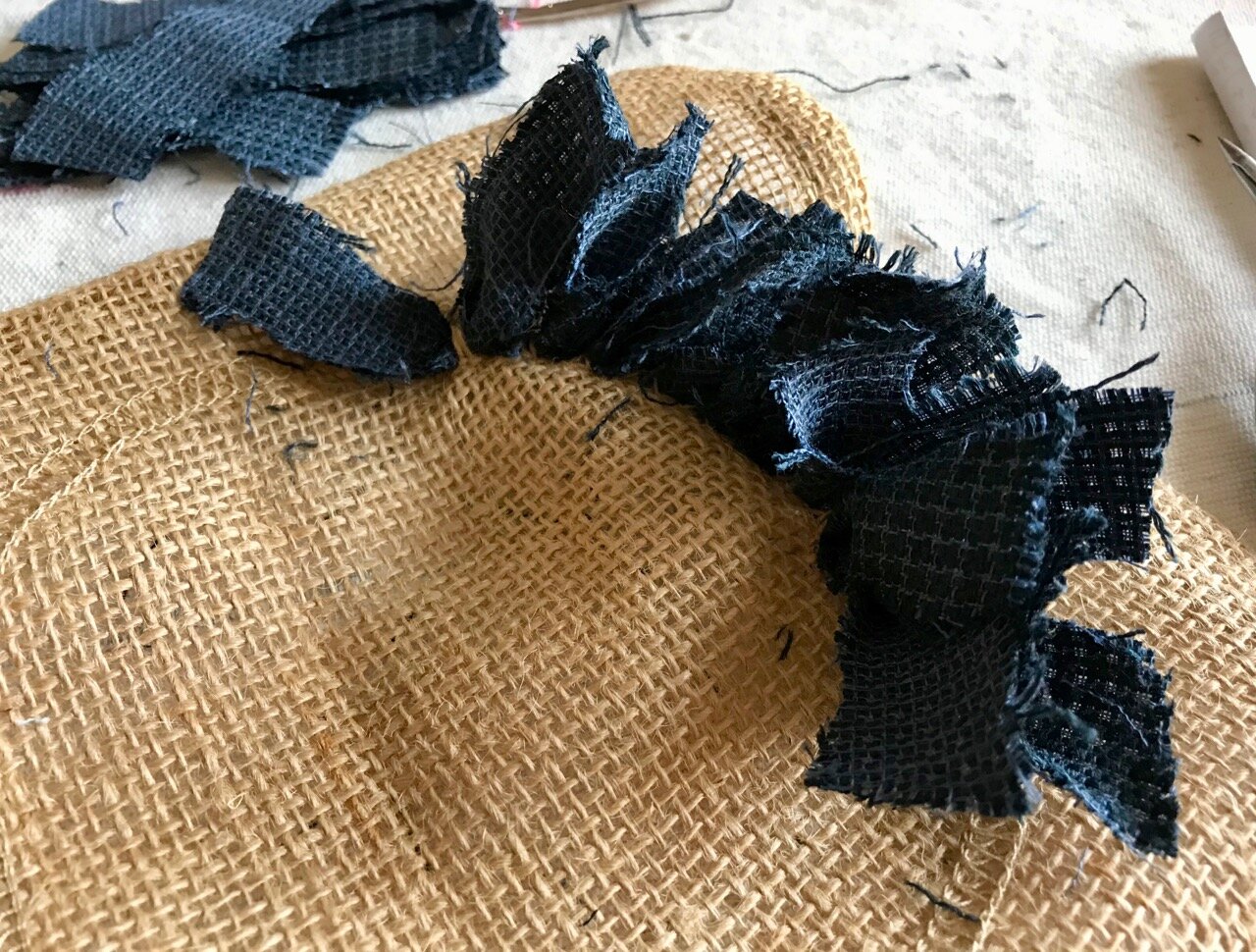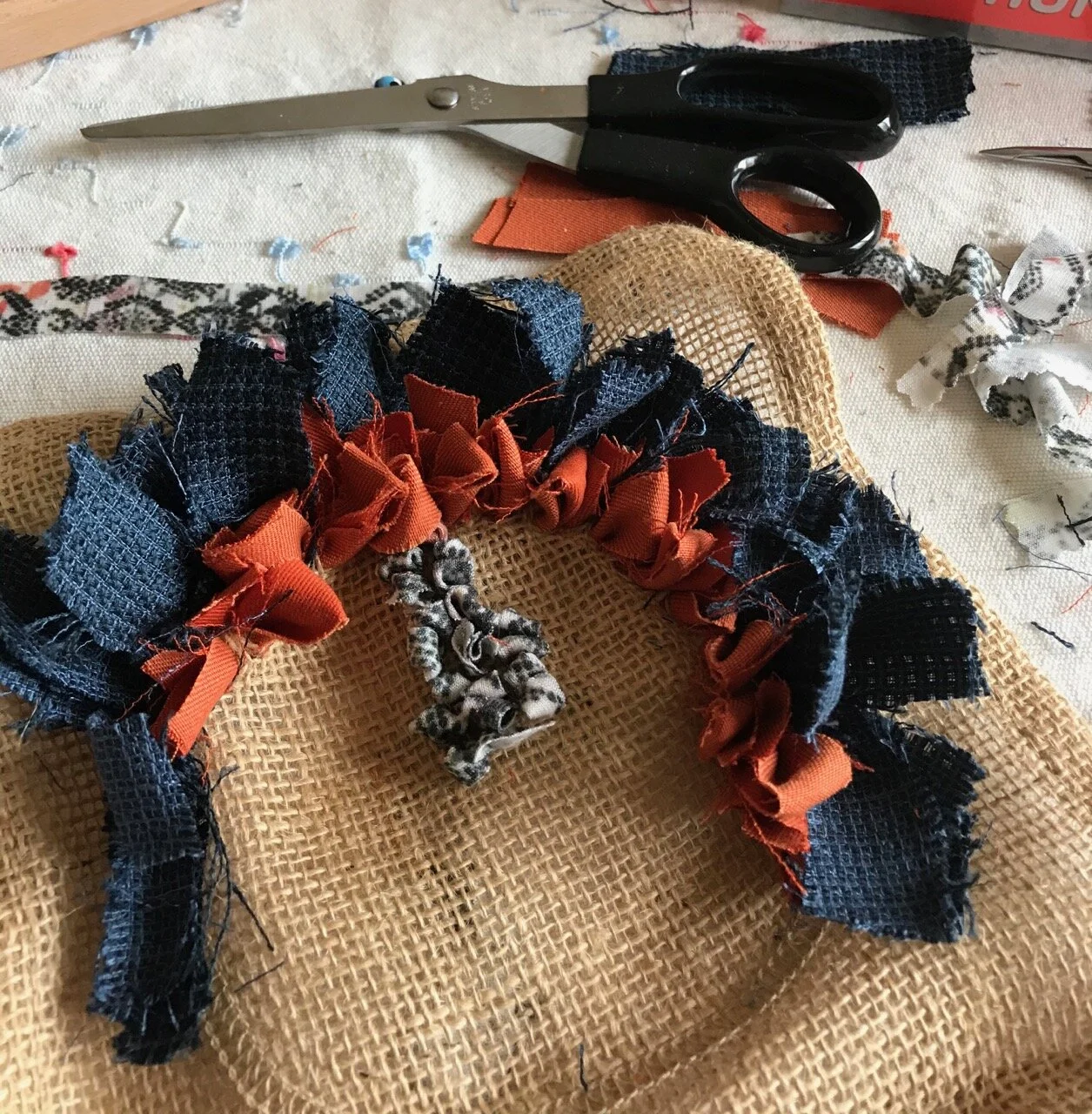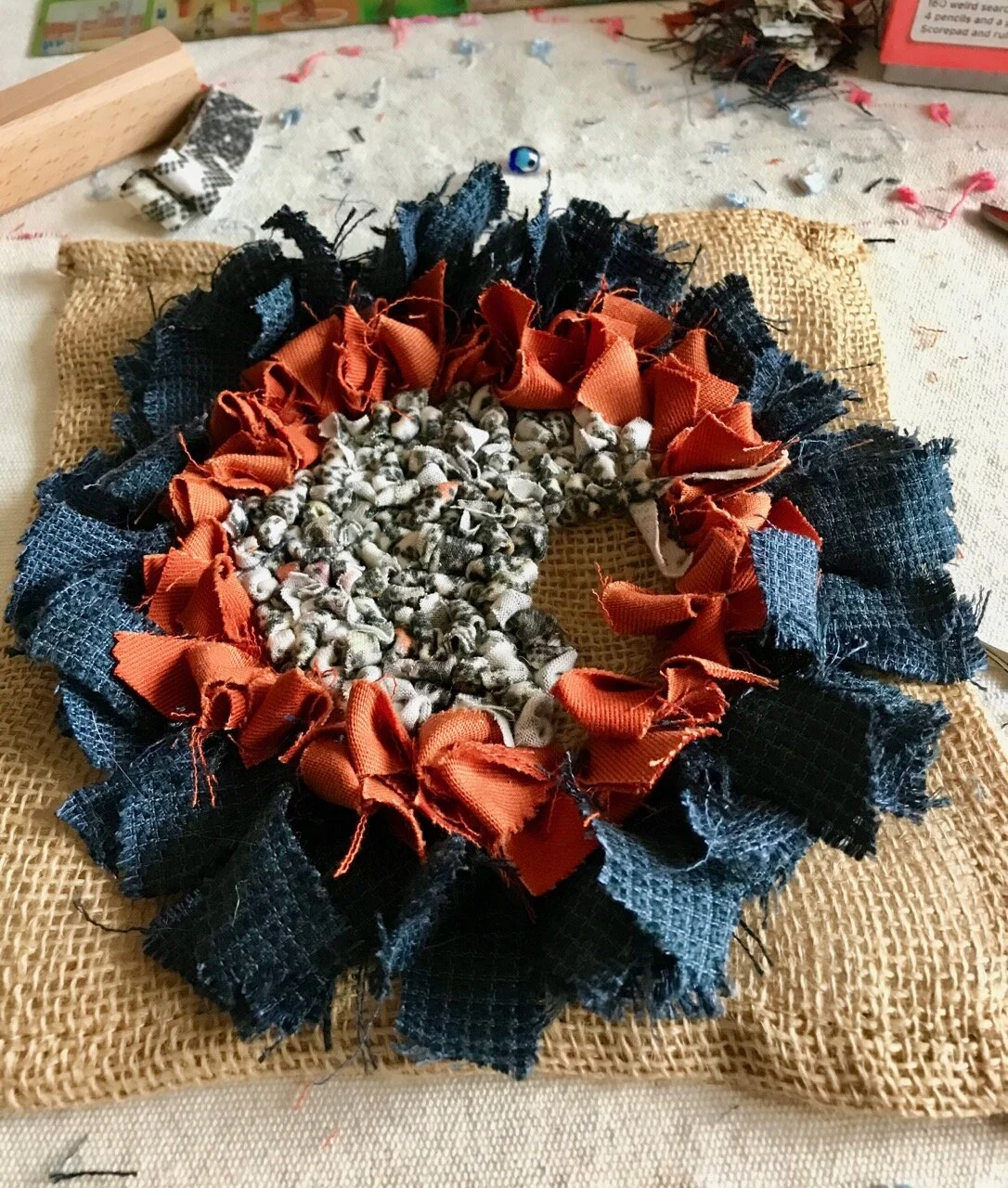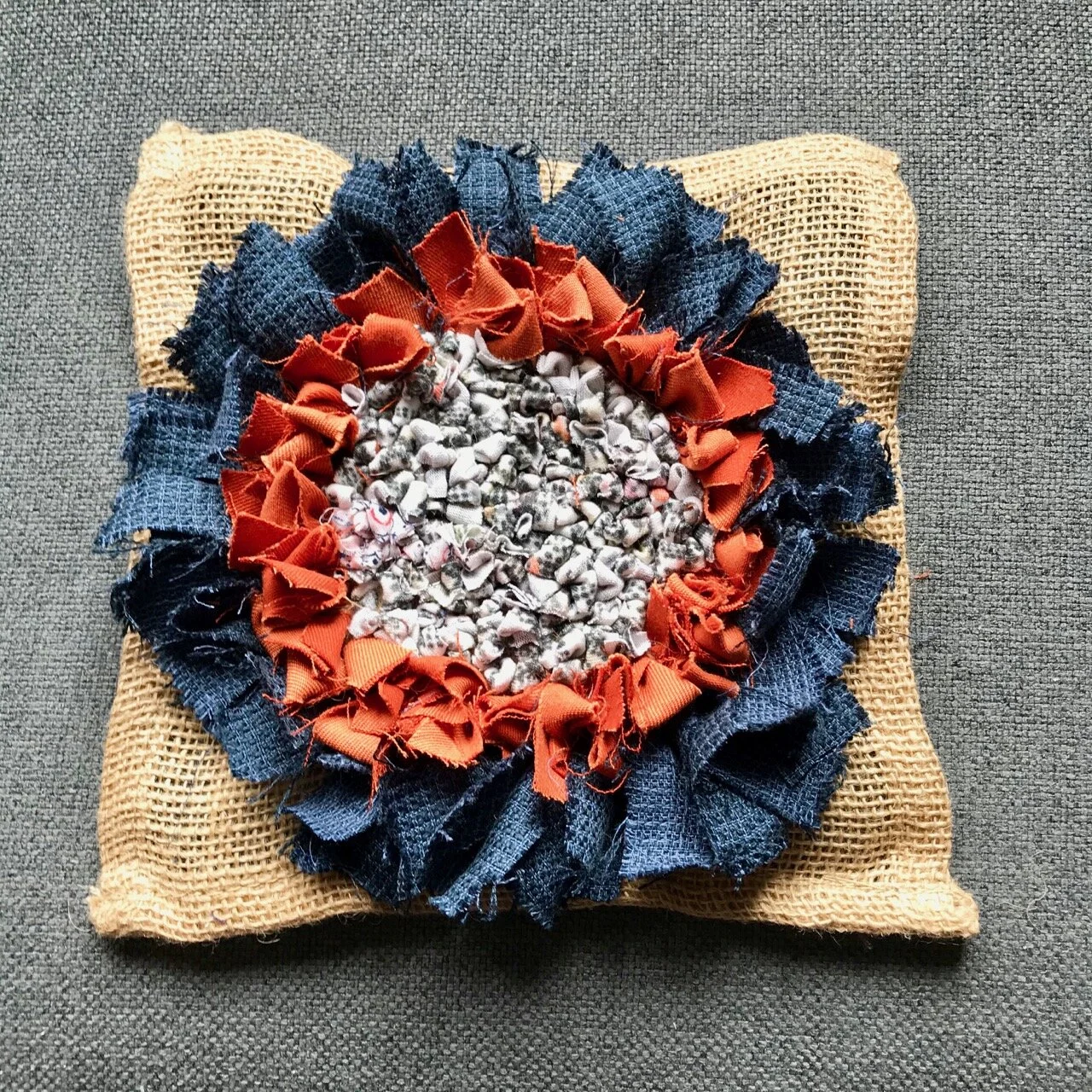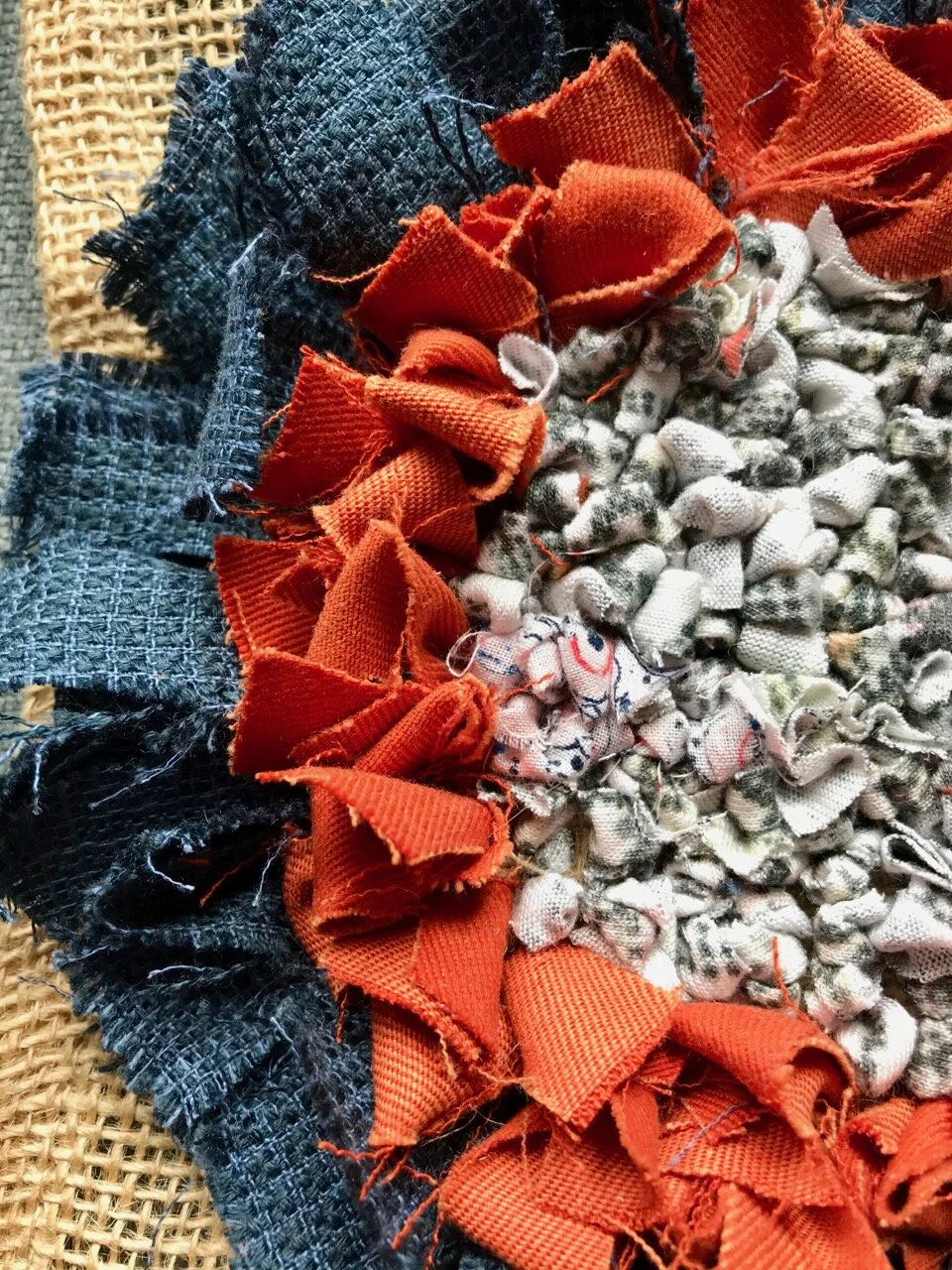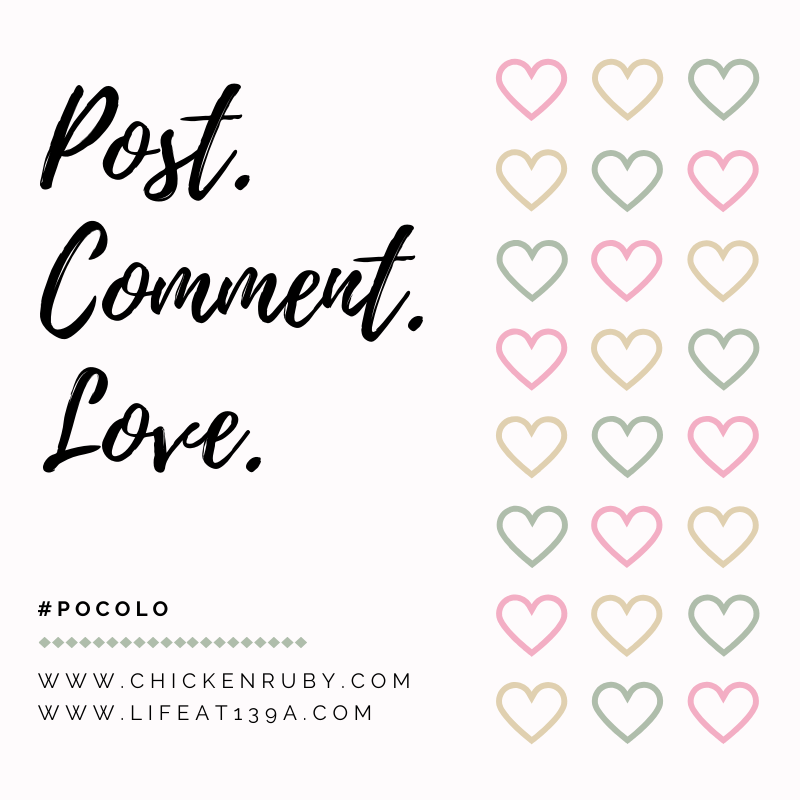This post contains items gifted from Ragged Life.
I don’t know about you, but I’d been seeing posts on social media about how during the lockdown we could learn a new skill, a new language or whatever and thought, huh, how, when, or why? Even though both MOH and I are fortunate to be able to work from home, somehow both of us are just as busy, and ‘spare’ free time is fleeting, so I dismissed the new skill thing. That is, until I was invited to join one of Ragged Life’s online classes.
Having never taken an online craft course, and thinking that Elspeth from Ragged Life must be up for a challenge, and being swayed by rag rugging as a sustainable craft, I was in.
When my craft kit arrived, I was curious about the tools, smitten with the fabric choices, intrigued by the design on the hessian and very quickly nose deep in the book of potential projects.
But it wasn’t long before I was set up in the spare bedroom for the online tutorial, and at this stage was very much “all the gear, but no idea” and hoping that both the technology and my brain worked.
I needn’t have worried though as Elspeth clearly has the patience of a saint, or I’m a model student (and yes, I know it’s not the latter). Soon though we were cutting strips of fabric, which we were assured that wonky was fine. And it was, because mine were very much on the wonk, or characterful as I’m calling them.
After using the guide to cut short lengths, it was time to use one of the tools and learn where and how to insert and space our rags.
And it was surprisingly easy. The blue material in my project uses the traditional method and the rag is pulled through the hessian. Later we’d progress to a method adopted by Elspeth and her mum - the orange fabric - which uses slightly thinner strips, and pulled through in a similar way, but with the fabric doubled. This gives a closer finish, which I preferred.
The final technique, for the central section used the latch tool, and is a much closer ‘loop’ and more often used in more picturesque designs. The latch tool itself sook some getting used to, but knowing the knack of pulling towards the previous stitch, rather than away from helped.
I finished about a quarter of this initial class, which also allowed plenty of time for chat, and checking that my work was progressing in the way it should. It was thankfully, and rag rugging is one of those mindful, but yet practical tasks, that really helps with all sorts of things.
I’ve now finished my project, and am really pleased with it. In fact I’ve already looked out what my next project might be, and one of my next online shops will be for more supplies.
It’s the hessian that I’ll be buying, as I’ve already said one of the reasons rag rugging initially appealed was because of its sustainability. I’m forever rescuing old clothes from the charity bags, to save to cut up and reuse. MOH humours me, but now and alongside patchwork and t-shirt yarn I have a real use for them, and once I’ve worked out what I’ll make next, there’ll be no stopping me.
Just be thankful we’re not wearing hessian, as otherwise I’m not sure you wouldn’t be rag rugged if you ventured too close. And if I’m stuck for inspiration then once again I’ll have my nose in Elspeth’s book.
So despite thinking I didn’t need to learn a new skill, I’m hooked on rag rugging and am perfectly happy with that. What about you, have you picked up a new skill, even if you didn’t think you had time, needed or wanted one?
* With thanks to Ragged Life for introducing me to a new craft, and providing the online tutorial and materials for the purposes of this review.

